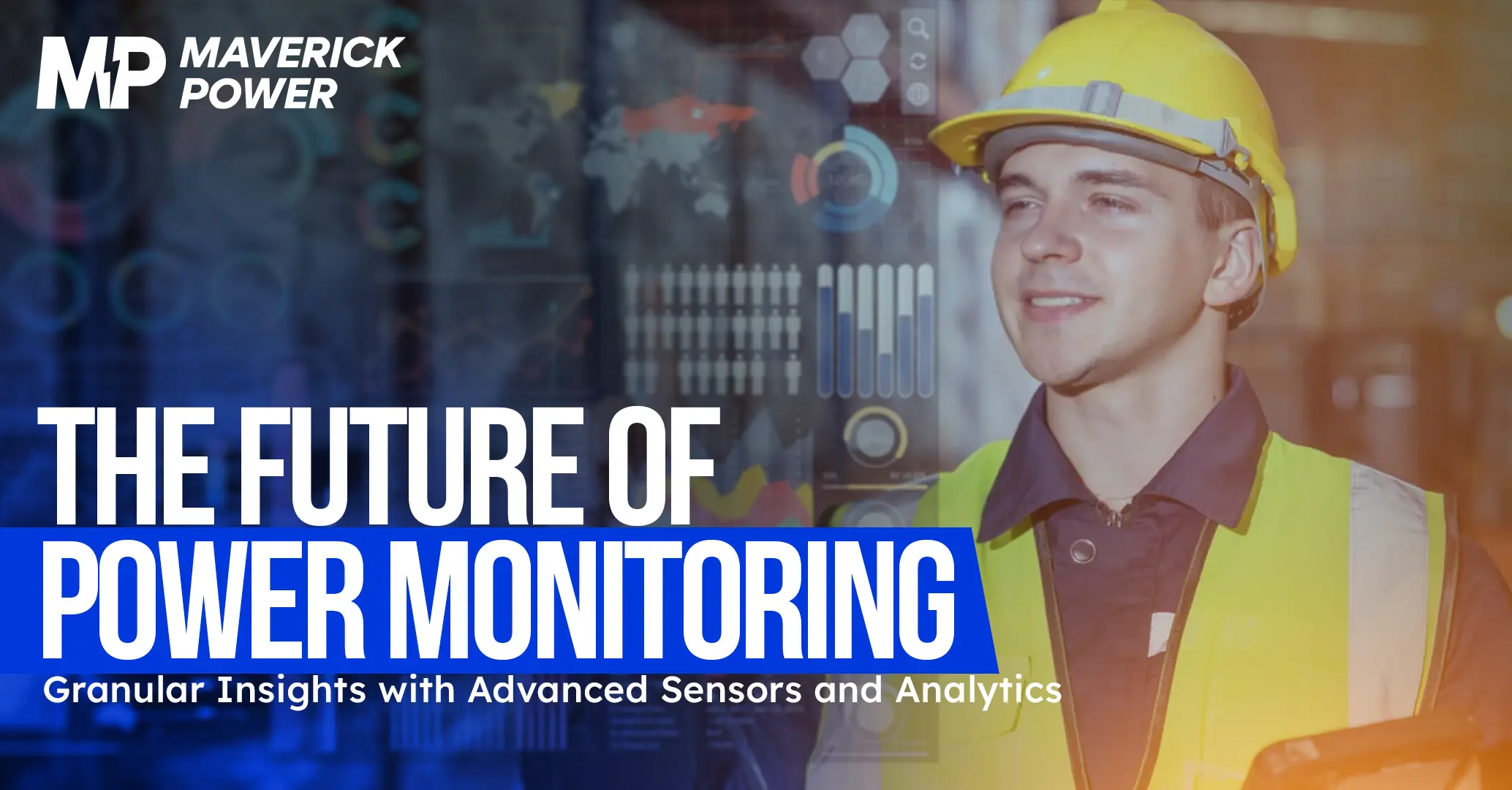The power distribution industry is undergoing a monumental transformation. As the world becomes increasingly reliant on consistent and efficient power, the need for advanced power monitoring systems has never been more critical.
Enter the era of granular insights powered by advanced sensors and analytics. This technological leap promises to revolutionize how we manage, distribute, and optimize power. In this blog post, we will explore the future of power monitoring, focusing on the cutting-edge advancements that are setting new standards in the industry.
The Evolution of Power Monitoring
Power monitoring has come a long way from the rudimentary methods of the past. Traditionally, power monitoring systems relied on basic metering devices that provided limited data. These systems were often reactive, meaning issues were only identified after they had already impacted the system. With the advent of digital technology, the industry has shifted towards more sophisticated solutions that offer real-time data and proactive management.
From Analog to Digital
The transition from analog to digital power monitoring systems marked a significant milestone. Digital systems brought about higher accuracy, the ability to store large volumes of data, and improved communication capabilities. These advancements paved the way for more detailed analysis and better decision-making processes.
Real-Time Monitoring and Control
Real-time monitoring has been a game-changer. Modern power monitoring systems equipped with advanced sensors can detect anomalies and inefficiencies as they happen. This capability allows for immediate corrective actions, minimizing downtime and enhancing the overall reliability of power infrastructure.
The Heart of Modern Power Monitoring
At the core of these modern systems are advanced sensors. These devices can capture a vast array of data points, providing a granular view of the power network’s performance.
Types of Advanced Sensors
Advanced sensors come in various forms, each designed to measure specific parameters. Voltage sensors, current sensors, and power quality sensors are among the most common types. These sensors work in unison to provide a comprehensive picture of the power system’s health.
Benefits of Granular Data
Granular data refers to detailed and precise measurements collected at high frequency. This level of detail enables operators to pinpoint issues with greater accuracy. For instance, instead of identifying a voltage drop across an entire network, granular data can locate the exact point of failure, facilitating quicker repairs and reducing the impact on the overall system.
The Role of Analytics in Power Monitoring
While sensors gather the data, analytics is the tool that turns this raw information into actionable insights. Advanced analytics uses machine learning and artificial intelligence to process and interpret the vast amounts of data collected by sensors.
Predictive Maintenance
One of the most significant benefits of advanced analytics is predictive maintenance. By analyzing historical and real-time data, these systems can predict when equipment is likely to fail, allowing for preemptive maintenance. This proactive approach extends the equipment’s lifespan and prevents unexpected outages.
Enhanced Decision Making
Advanced analytics provides operators with the information they need to make informed decisions. For example, during periods of high demand, analytics can identify which parts of the network are under stress and suggest ways to redistribute the load, ensuring a stable power supply.
The Future of Power Monitoring
The future of power monitoring is bright, with continued advancements on the horizon. Here are some trends to watch:
Integration of IoT
The Internet of Things (IoT) is poised to play a significant role in power monitoring. IoT devices can enhance the connectivity and communication capabilities of power monitoring systems, providing even more detailed data and enabling more sophisticated analytics.
Blockchain for Security
As power monitoring systems become more digital, cybersecurity becomes a crucial concern. Blockchain technology offers a potential solution by providing a secure and tamper-proof way to record and verify data transactions within the power network.
Renewable Energy Integration
With the global shift towards renewable energy sources, power monitoring systems must adapt to manage these new inputs effectively. Advanced sensors and analytics will be essential in ensuring that renewable energy sources are integrated seamlessly into the existing power infrastructure.
The power distribution industry is on the cusp of a new era. With the integration of advanced sensors and analytics, power monitoring systems are becoming more efficient, reliable, and intelligent.
These advancements not only improve the current state of power infrastructure, but also pave the way for future innovations. As we move forward, it is essential to embrace these technologies and continue to push the boundaries of what is possible in power monitoring.
Maverick Power exemplifies what is achievable when companies commit to innovation and excellence. By leading the charge in adopting advanced power monitoring technologies, they are setting a standard that others in the industry can aspire to. The future of power monitoring is here, and it promises to bring unprecedented levels of insight and control to the world of power distribution.
